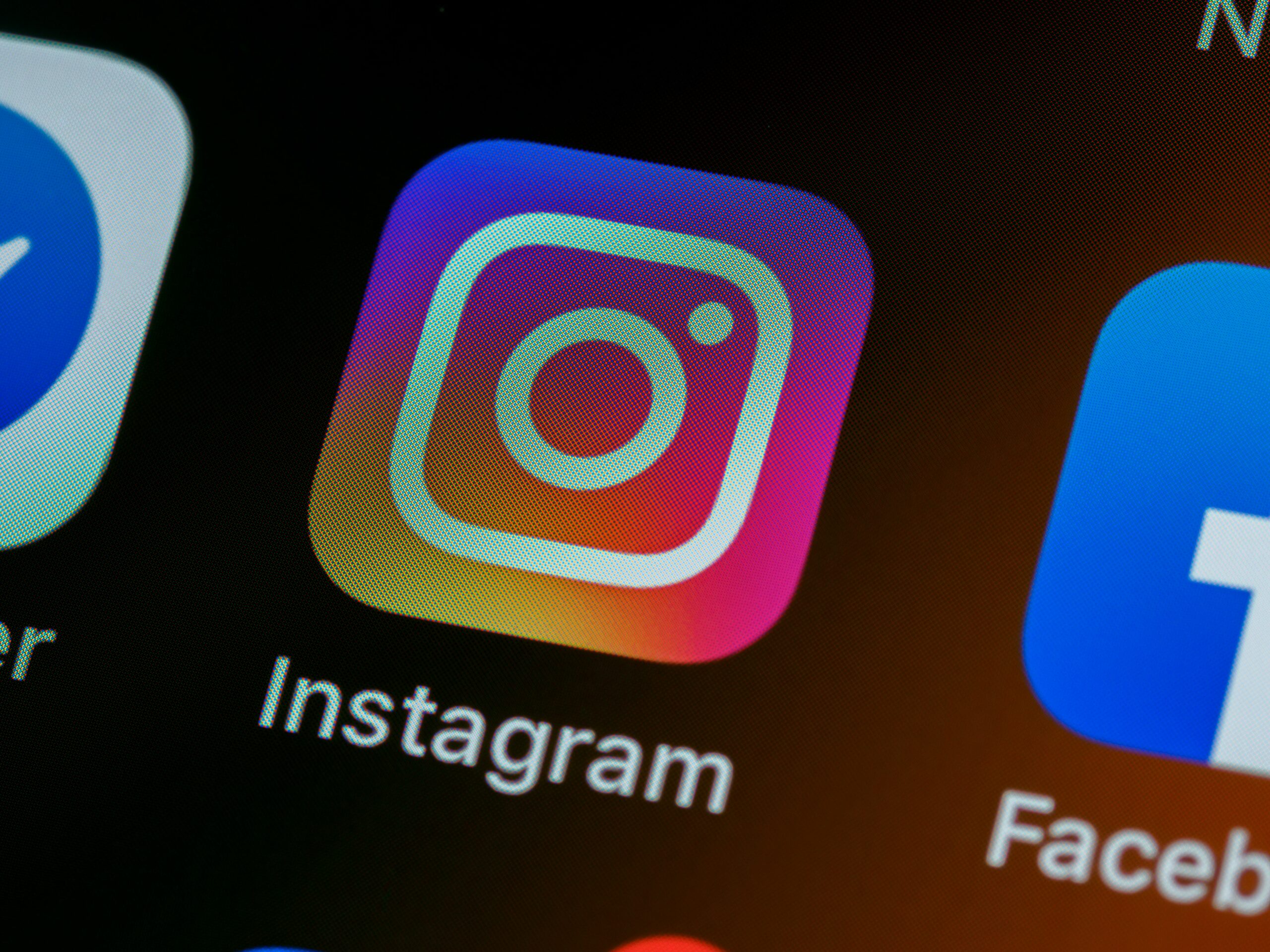Instagram has released two short films – “Small Fries” and “Send Off”, as part of a new campaign in partnership between creative agency Johannes Leonardo and their own in-house studio, Creative X. As anyone spending any time on the internet in the last 10 years will tell you, formats are becoming shorter and shorter. Although one might say that we peaked in 2014 with Vine demanding users sum up the punchline within six seconds, the general trend across video sharing platforms has become increasingly more succinct and more formatted. If it’s not summed up from the jump, it’s likely to be skipped by ambivalent teens.
But Instagram has decided to put a spoke into the wheels of brevity by embracing (relative) long form filmmaking — with both Small Fries and Send Off coming in at over three minutes in length, complete with actual story arcs, real character development and a trove of Gen Z creators eager to explore the format. A lot is said about fashion trends bound to make their cyclical comebacks (hello, ballet flats), but less is talked about when that same revival happens in the media. The films themselves lean heavily into Gen Z aesthetics — they’re quirky, unfiltered, stylised reality that isn’t all too dissimilar from an episode of HBO’s teen drama Euphoria. Shot on location, in real teen homes in Austin, Texas, Instagram is vying for that side of authenticity it’s often criticised for not having in comparison to platforms like TikTok.
This “Instagram Connections” brand campaign might be Meta’s most bold move yet to re-engage with Gen Z. This time they’re not creating an in-app function that apes something you can find somewhere else (*ahem* Reels), but they’re making short movies that represent the youth experience: FOMO, fitting in, and that unmistakable discomfort of being a teen.
Longer formats for greater focus
It’s only a little bit surprising that it took us this long to realise that the spectrum of human experience is most likely not conveyed in a 15 second dance clip. Sure, that’s part of it, but it’s not really the kind of content that will capture hearts, minds and attention spans. In order to do that, to create real empathy and forge genuine bonds, you need more time connecting with your audience.
But before brands start planning out their next campaign of cinematic oeuvres, a few points need to be made on how this is done effectively.
1) Subject matter: While Meta chose certified Millennial/Gen X cusp Vincent Haycock to direct Instagram Connections, the subject matter was firmly Gen Z and their experience. Brands might consider letting young audiences take the wheel and create the longer form videos themselves.
2) Staying in lanes: Instagram + Human Connections, it makes sense. It’s often forgotten that these platforms serve as more than entertainment and are actually a conduit for having moments with old friends, new friends and relative strangers. Instagram isn’t trying to shoehorn in a theme, and any brand thinking about what they’d cover should take note and stay true to their purpose.
3) Substance, meet style: This is, after all, a movie, albeit a short one. Complete with rich cinematography, exceptionally fantastic lighting and a very on-brand decision to engage with musician Dev Hynes for the scores, make no mistake these are pieces of art. Brands who want to explore the format, make sure you’re planning this well and are ready to spend a bit of money to make it look good.
Is this the reinvention of short-film?
Storytelling has always had an unequivocal impact on advertising. From iconic campaigns like John Lewis’ heartwarming Christmas ads or Ridley Scott’s groundbreaking 1984 Apple commercial, to the bated-breath anticipation of what ads were going to make it to the Superbowl, a strong narrative has always been central to connecting with audiences. These ads were more than just promotions; they were emotional tales that allowed brands to seek deeper meaning beyond consumer transactions.
What does that mean for tomorrow’s audiences? Well, they’re there and they’re willing to watch, but only if what you’re saying means something to their experience.



